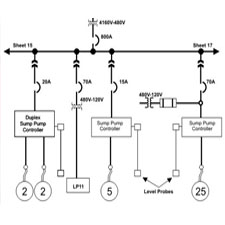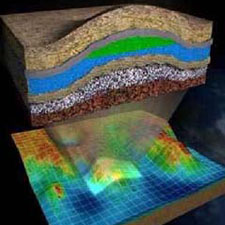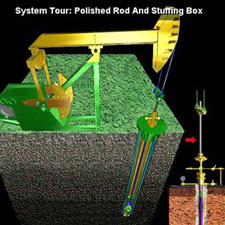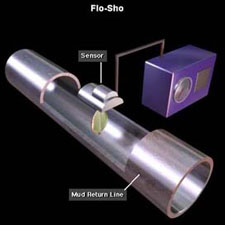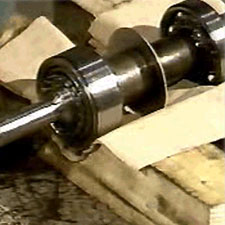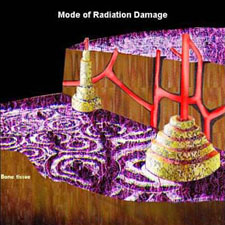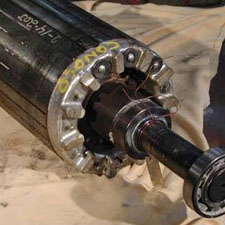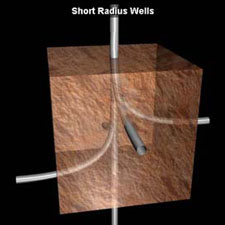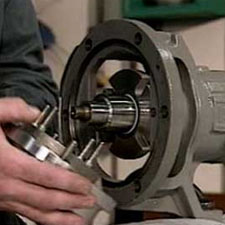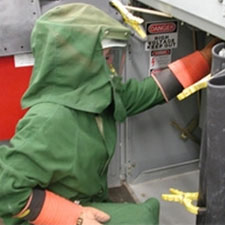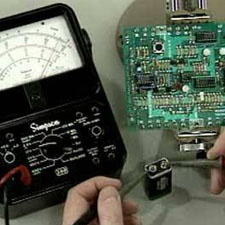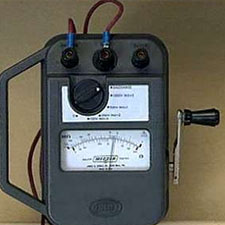Subtotal: $0.00
Electrical Print Reading
Electrical Print Reading
Course Overview
This course was designed to provide training for electricians, mechanics, and others, wanting to know more about electrical print reading. The eight lessons in this course present general information about electrical schematics and electrical diagrams showing and explaining how to read and interpret the symbols on electrical schematics and electrical diagrams.
Course Objectives
- Name the three groups of input devices.
- Describe the function of the input element of a control circuit.
- Describe the function of the logic element of a control circuit.
- Describe the function of the output element of a control circuit.
- Describe the state in which symbols are drawn on electrical schematics
- Identify the symbols for various manually operated input devices.
- Explain how various manually operated input devices are used.
- Identify symbols for various process actuated input devices.
- Explain how various process actuated input devices are used.
- Given an electrical schematic, identify a process actuated device.
- Identify symbols for two-position actuated input devices.
- Explain how and two-position actuated input devices are used.
- Describe the function of the logic element and the output element of a control circuit.
- Identify the symbol for a relay and the associated contacts.
- Identify various logic symbols and state how they are used.
- Identify the symbol for a motor starter and state how it is used.
- List and define the two basic parts of an electrical schematic.
- Describe the layout of a typical electrical schematic.
- List and describe various conventions for labeling schematics.
- Describe the steps for interpreting schematics.
- Given a device in an electrical schematic, state the function of that device.
- Given a rung in an electrical schematic, interpret the function of that rung.
- Interpret an electrical schematic.
- Explain the purpose and types of electrical drawings.
- Describe the layouts of electrical diagrams.
- Explain the information given in a title block in an electrical diagram.
- Explain how to make electrical drawing revisions.
- Describe the floor plan view of an electrical diagram.
- Describe the elevation view of an electrical diagram.
- Identify components in a building electrical diagram.
- Identify cables and conduits in a building electric diagram.
- Identify the cable chart in a building electrical diagram
- Explain the purpose of single-line diagrams.
- Identify voltage conventions in a single-line diagram.
- Identify symbols in a single-line diagram.
- Identify loads in a single-line diagram.
- Identify isolation breakers in a single-line diagram.
- Identify components and terminal conventions in a wiring diagram.
- Identify wiring conventions and interpret bundles in a wiring diagram.
- Relate the wiring diagram to actual hardware and actual wires.
- Troubleshoot a circuit using wiring diagram.
Included Modules
- Introduction to Electrical Schematics: This is the first lesson in the Electrical Print Reading Course. This lesson teaches about input, logic, and output devices, and the state in which symbols are drawn on electrical schematics.
- Electrical Schematic Symbols – Input Devices: This is the second lesson in the Electrical Print Reading Course. The lesson presents the symbols for various manually and process actuated input devices and how they are represented on an electrical schematic.
- Electrical Schematic Symbols – Logic and Output Devices: This is the third lesson in the Electrical Print Reading Course. This lesson defines the function of logic and output elements of a control circuit and presents the symbols for various logic and output devices.
- Interpreting Electrical Schematics: This is the fourth lesson in the Electrical Print Reading Course. This lesson describes the steps for interpreting the relationships among the input, logic, and output components of an electrical schematic.
- Introduction to Electrical Diagrams: This is the fifth lesson in the Electrical Print Reading Course, and the first lesson covering electrical diagrams. This lesson presents information about the purpose of various types of electrical diagrams and how to interpret the information in the title block. It also explains how to make electrical drawing revisions.
- Building Electrical Diagrams: This is the sixth lesson in the Electrical Print Reading Course. This lesson presents the different views used in electrical diagrams as well as how to identify components, cables, and conduits. The cable chart is also presented.
- Single-Line Electrical Diagrams: This is the seventh lesson in the Electrical Print Reading Course. This lesson presents information regarding how to identify loads, equipment, and isolation breakers on a single-line electrical diagram.
- Wiring Diagrams: This is the final lesson in the Electrical Print Reading Course. The lesson presents information how to identify components, equipment, wires and cables on a wiring diagram. It also explains how to relate a wiring diagram to the installed hardware and how to use diagrams for maintenance and troubleshooting problems.

